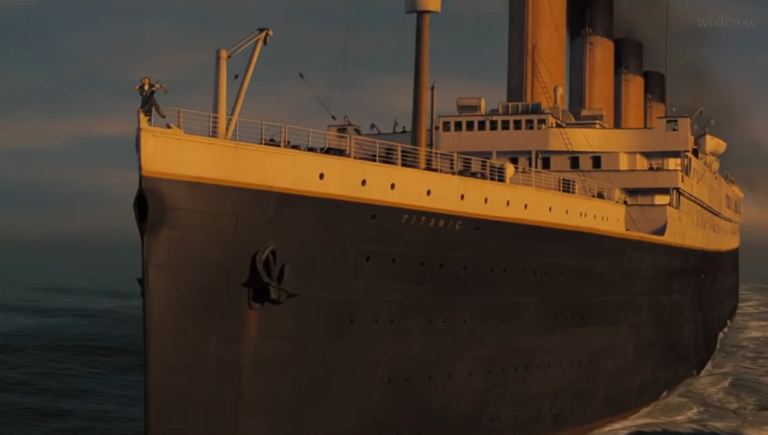James Cameron’s “Titanic” had a production journey nearly as epic as the historical event it portrayed. With a staggering budget of $200 million—equivalent to the original ship’s cost after inflation—the film was a huge risk. Hollywood was skeptical, anticipating Titanic to be a financial disaster. Yet, Cameron’s commitment to recreating the real-life tragedy down to the smallest detail changed everything, turning what could have been a box office iceberg into one of cinema’s most successful ventures.
Coming to you from Sareesh Sudhakaran of wolfcrow, this meticulous video examines the extraordinary lengths Cameron went to, both in technical precision and artistic dedication. Cameron didn’t just want to tell a story—he wanted audiences to feel as if they were on board the RMS Titanic. To achieve this, he recreated key spaces from the original ship, including the grand staircase and staterooms, with help from production designer Peter Lamont and original shipbuilders. The actors’ costumes, crafted by Deborah Scott, matched early 1900s fashion, from Kate Winslet’s elegant gowns to Leonardo DiCaprio’s rugged, everyday wear, enhancing the immersive experience.
The filmmaking techniques were as groundbreaking as the production design. To capture the scale of Titanic’s sinking, the crew built a life-sized exterior and used massive water tanks to create real waves and floods. CGI, still in its early stages, was used only sparingly. Instead, Cameron relied on live-action stunts and hydraulic-powered sets to simulate the ship’s collapse, allowing actors to react to the physical chaos around them. Visual effects supervisor Rob Legato worked closely with Cameron to blend digital and practical effects, pushing the boundaries of 1990s film technology.
Sudhakaran’s video also explores how cinematographer Russell Carpenter approached lighting to enhance the ship’s atmosphere. Carpenter used powerful lights to illuminate the ship and surrounding water. For the “upper-class” scenes, he created warmth with tungsten lighting, contrasting it with cooler lighting on the lower decks to highlight the stark class divide. Carpenter also added subtle atmospheric effects with smoke and Tiffen filters, giving each scene a distinct mood. The lighting schemes shifted for scenes like the lively dance hall, where beams of light created an energetic, almost magical effect.
One standout technical achievement was Cameron’s use of real underwater footage of the actual Titanic wreck, filmed with specially designed cameras to withstand extreme ocean depths. This footage added a haunting layer to the narrative, reminding viewers of the genuine tragedy beneath the romance. The film’s attention to sound design was equally impressive. Every groan of the ship’s hull, every splash, was engineered to add a visceral weight to the scenes, enhancing the sense of danger. James Horner’s score, crowned by the iconic My Heart Will Go On, became a cultural phenomenon, cementing the film’s legacy. Check out the video above for the full rundown from Sudhakaran.
